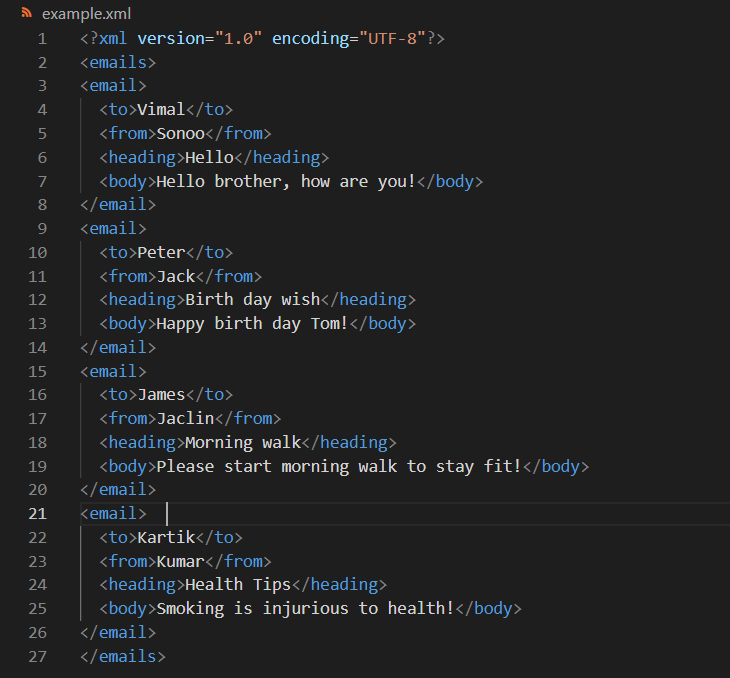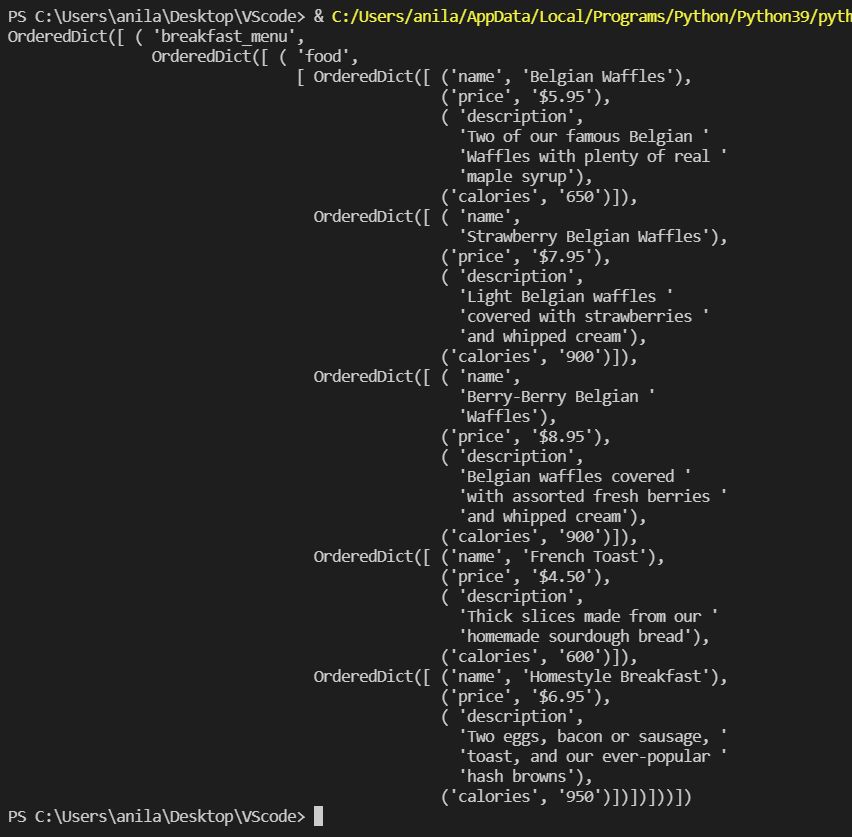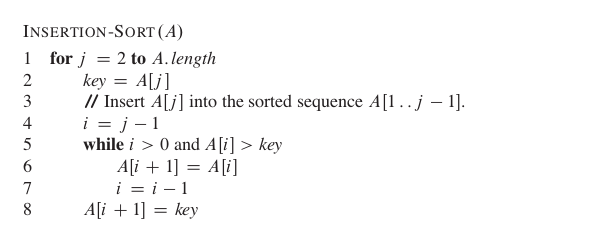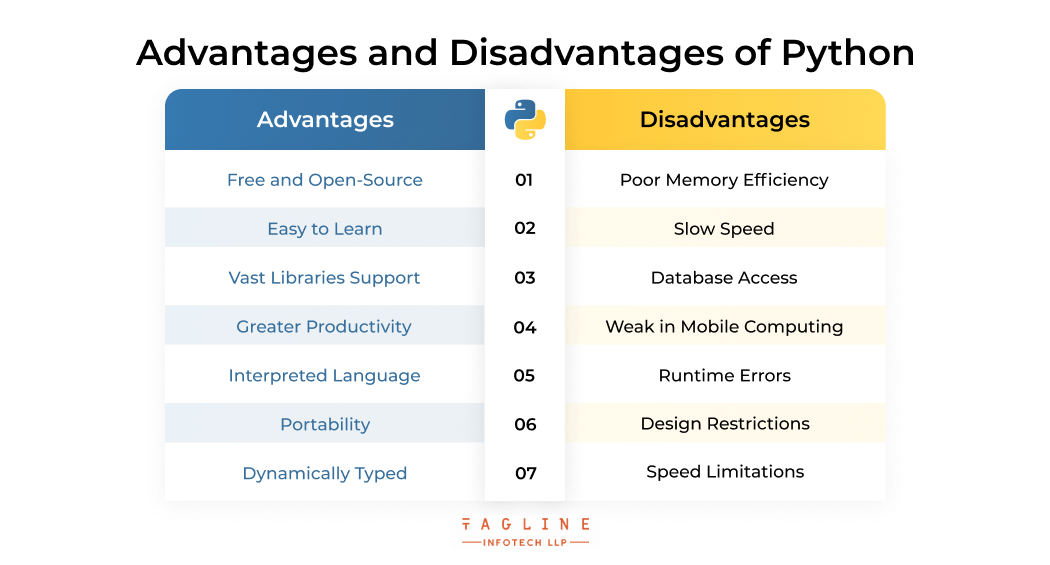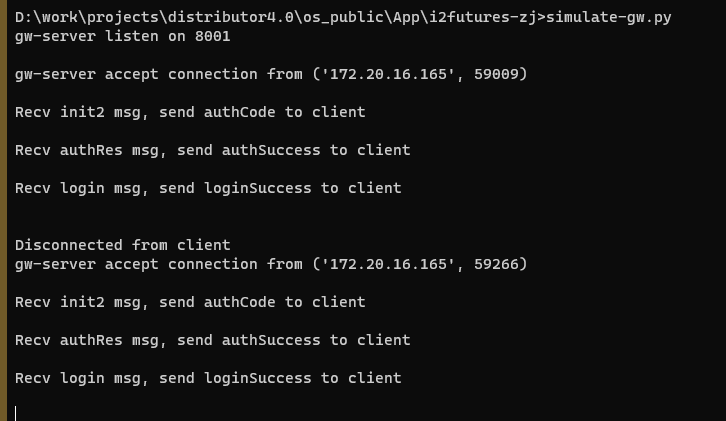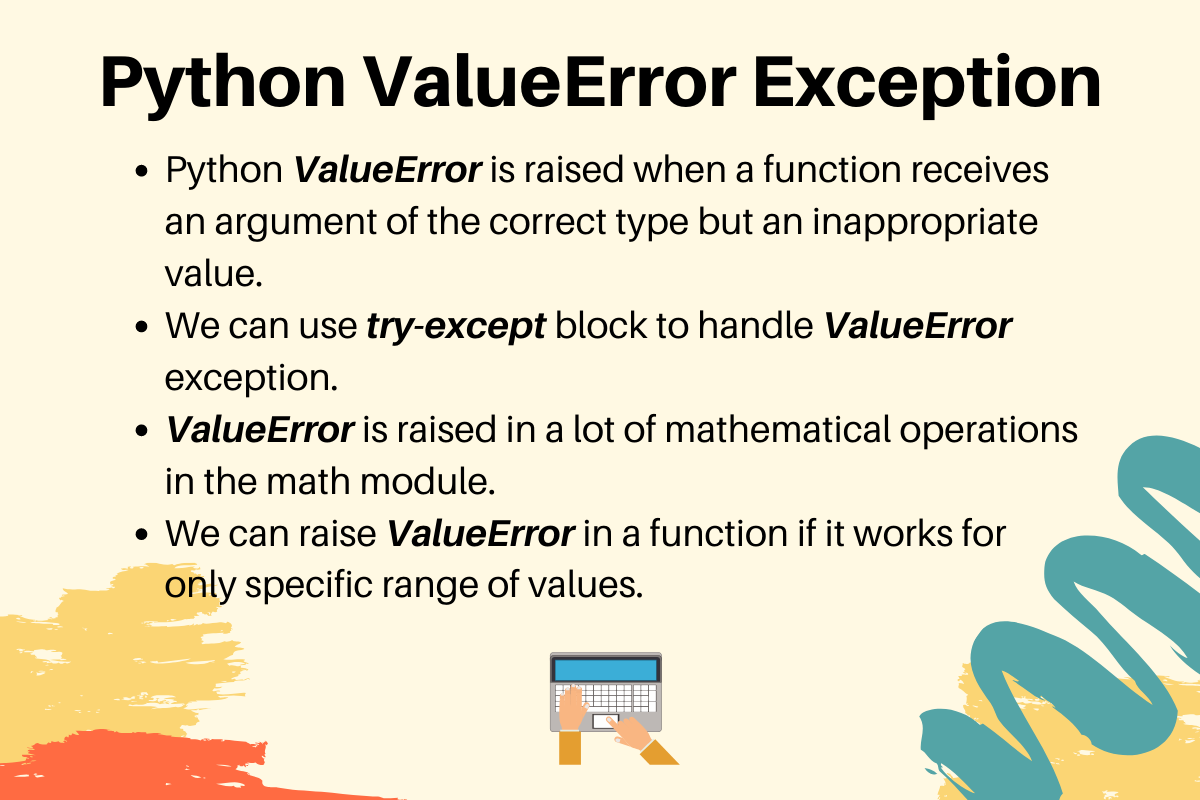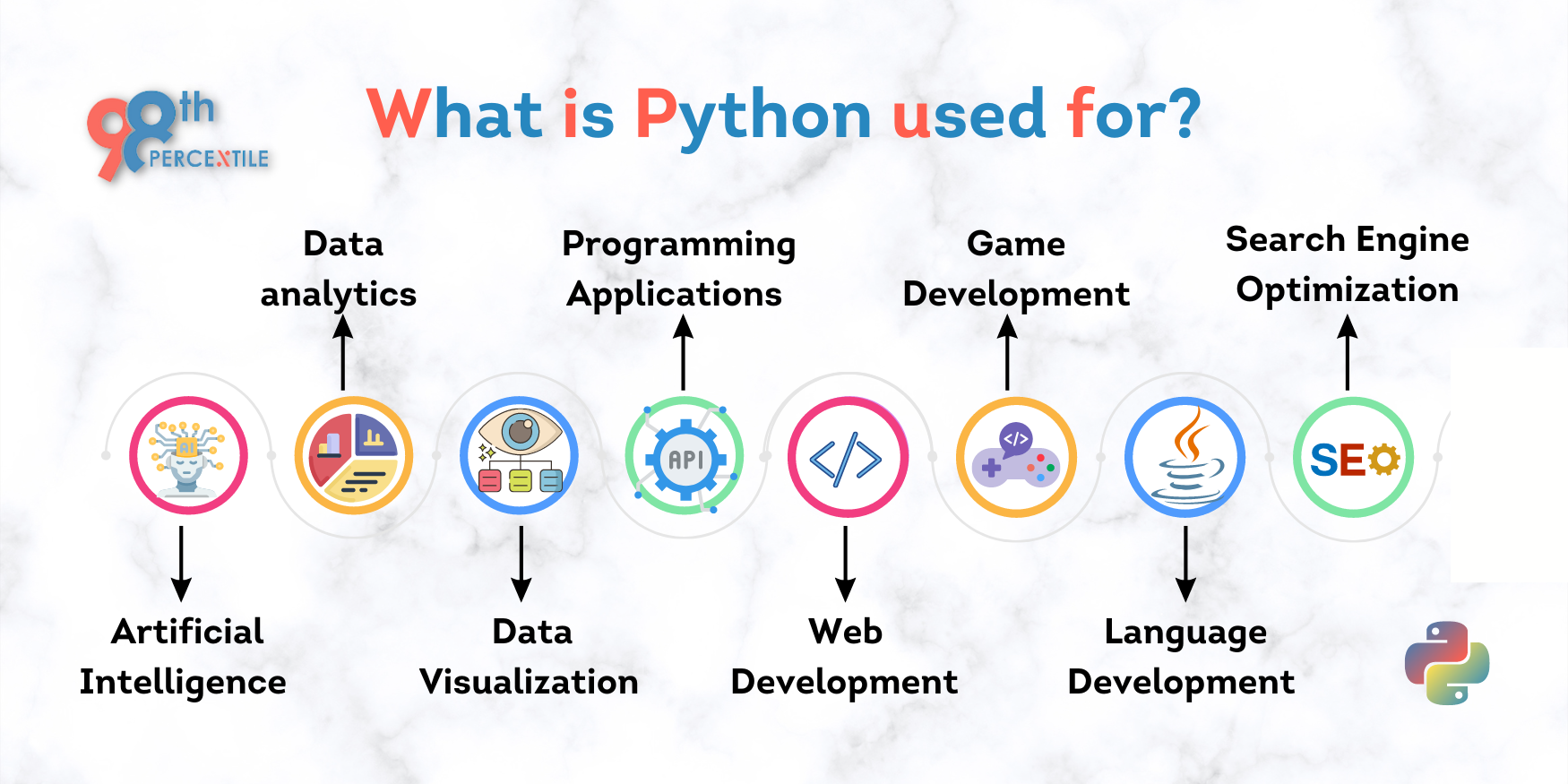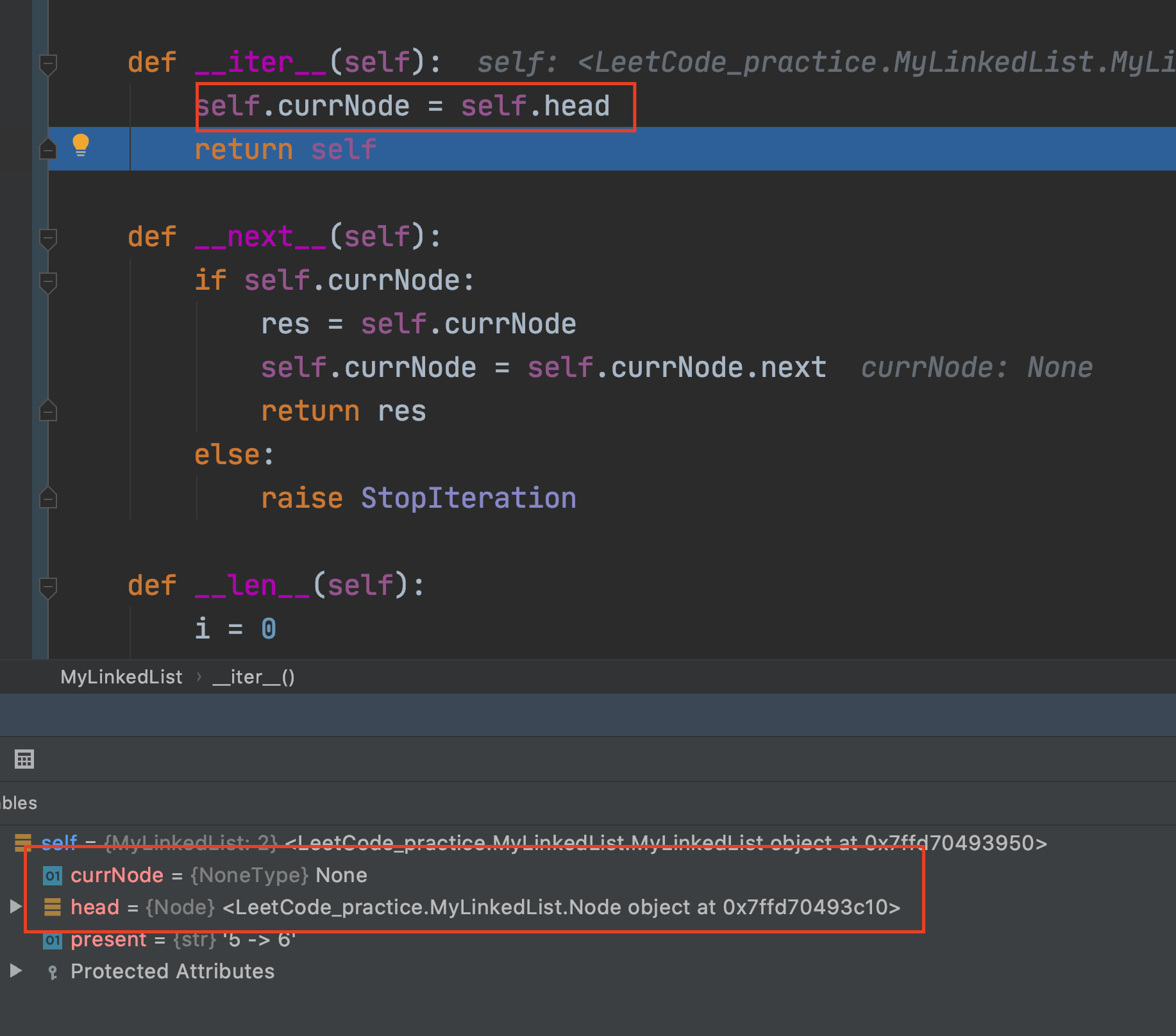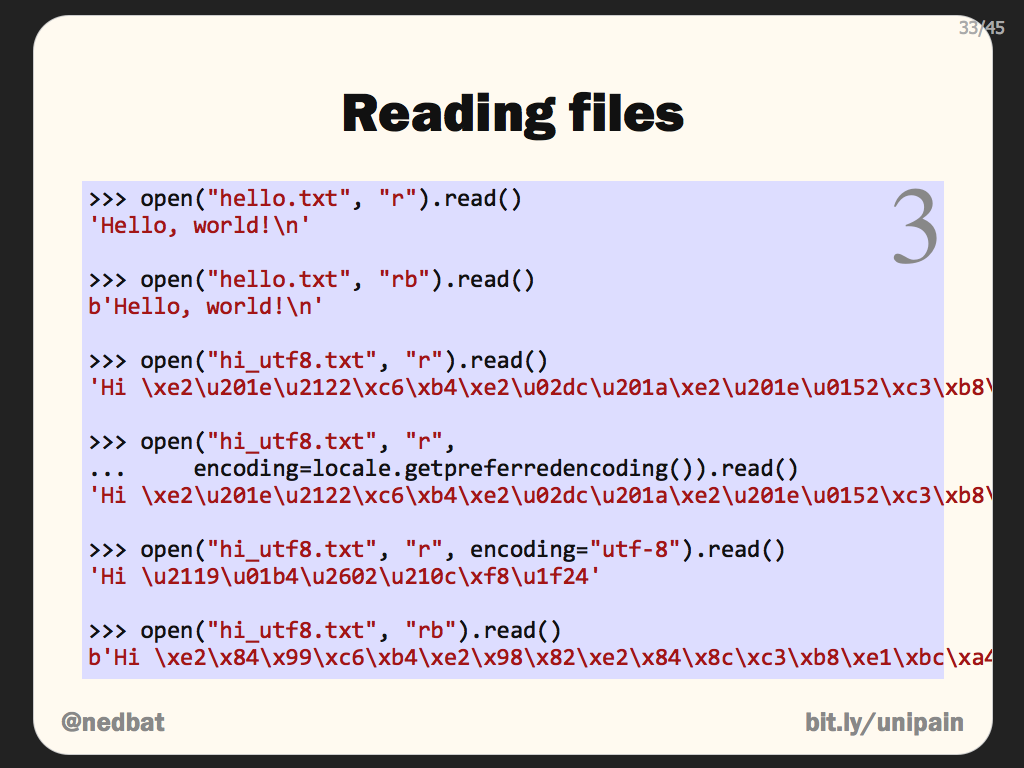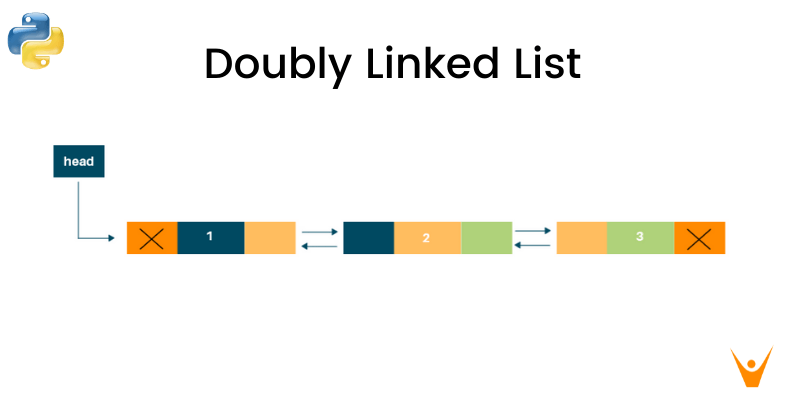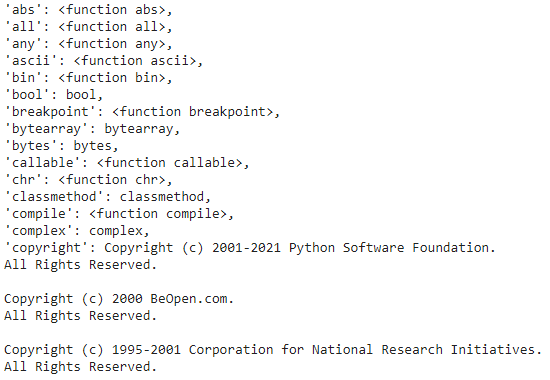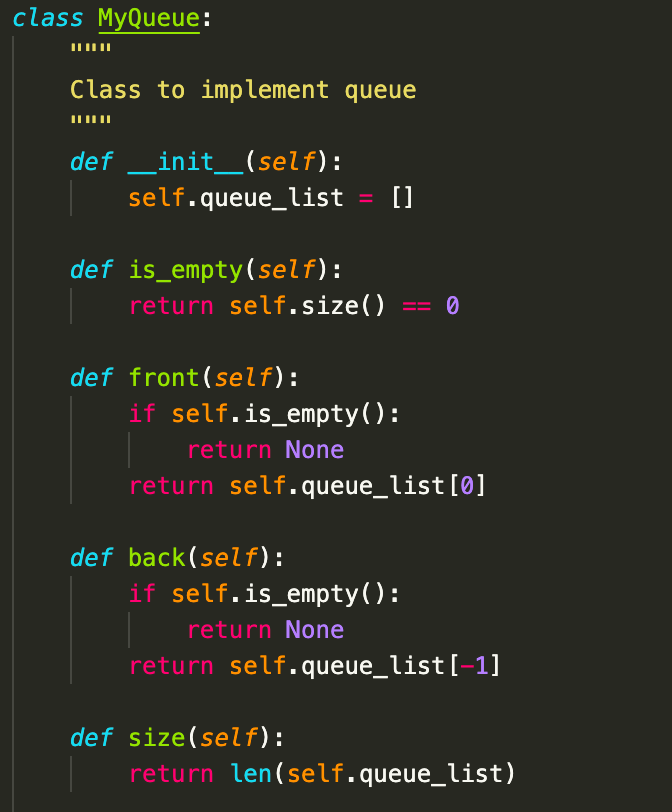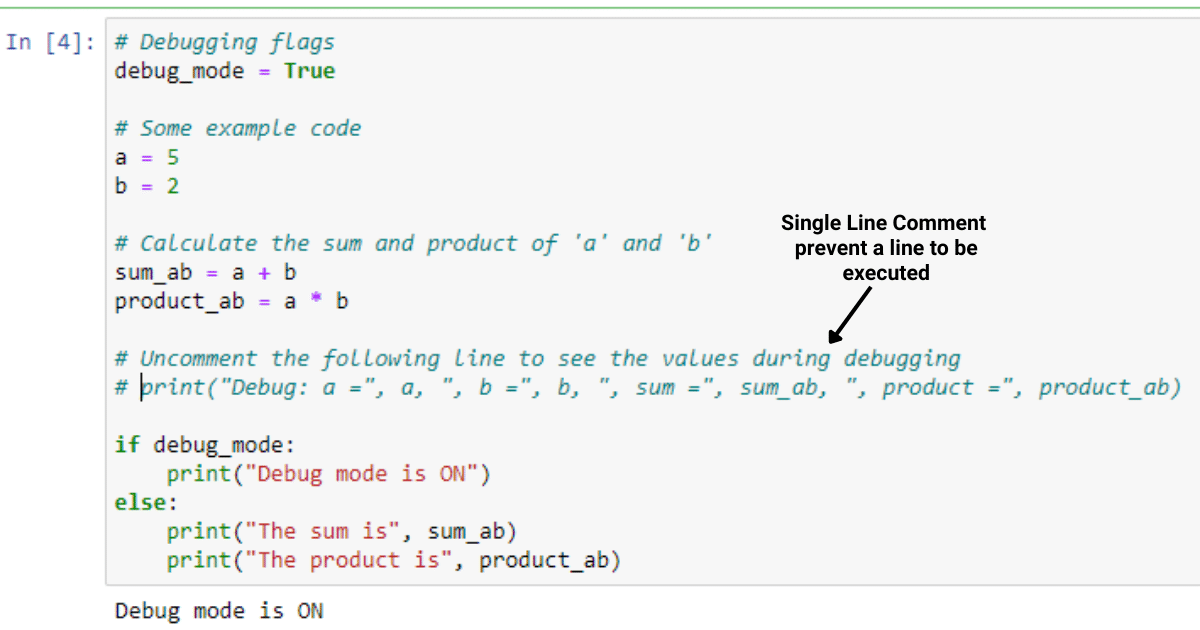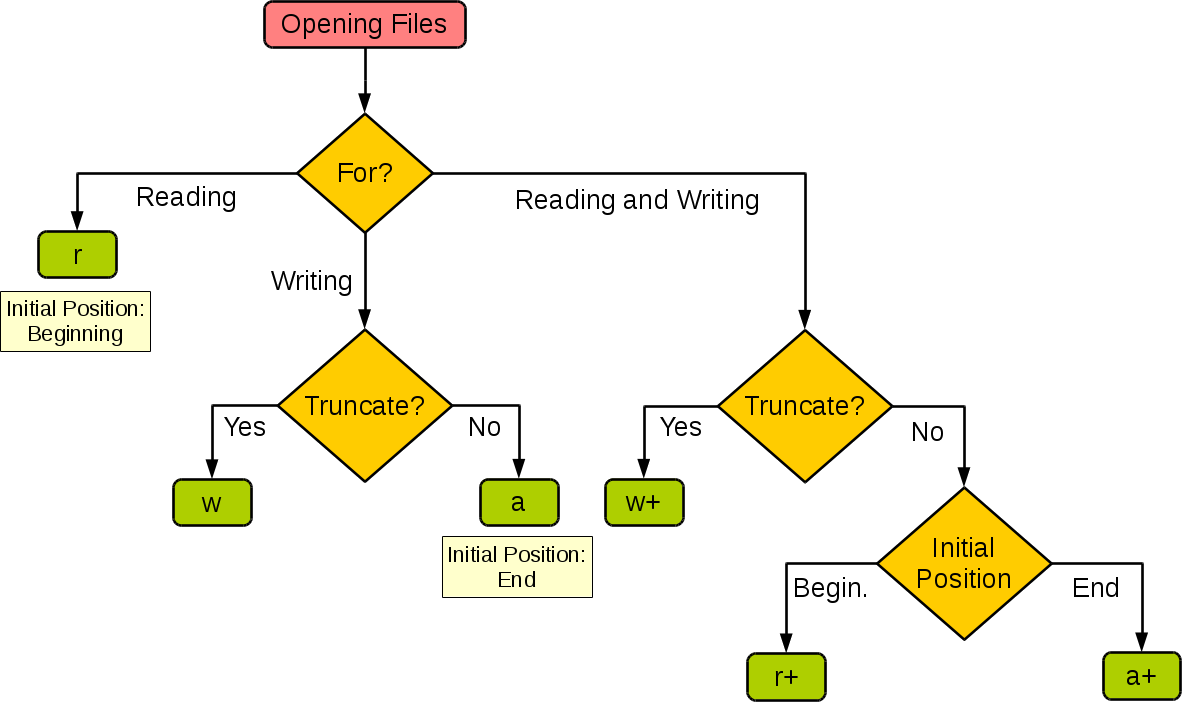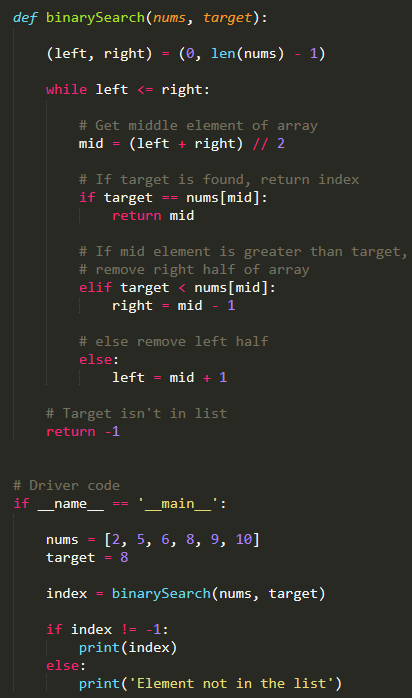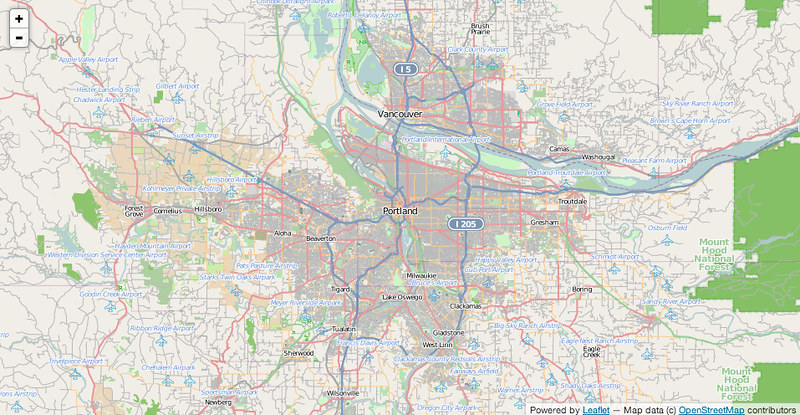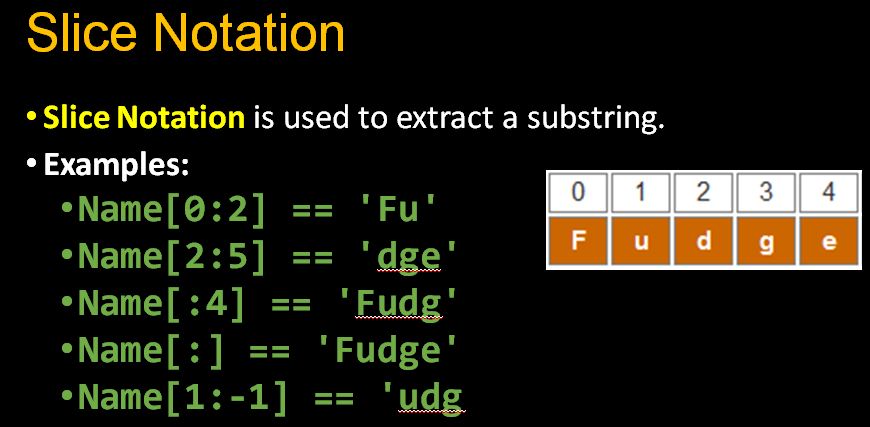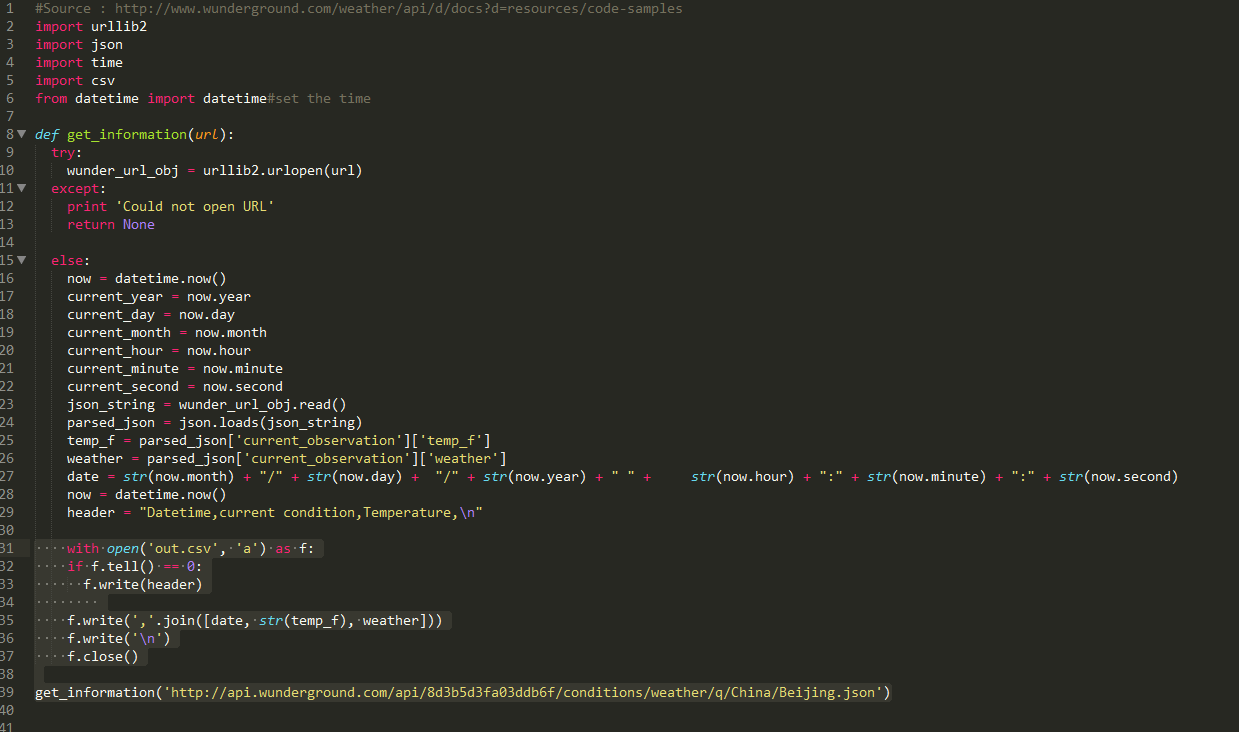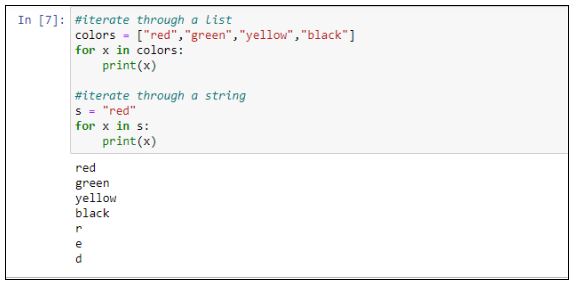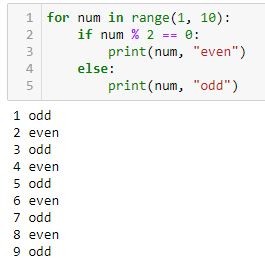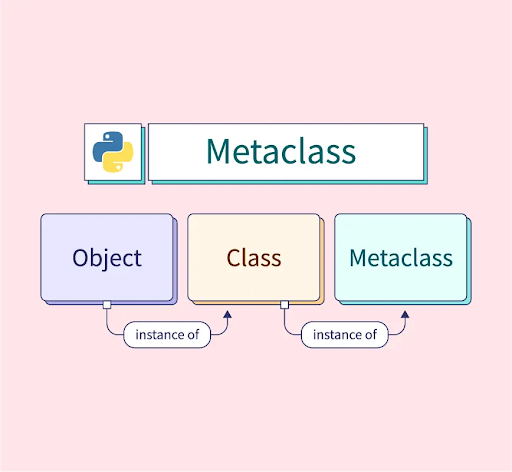Python xml tutorial
Python xml tutorial
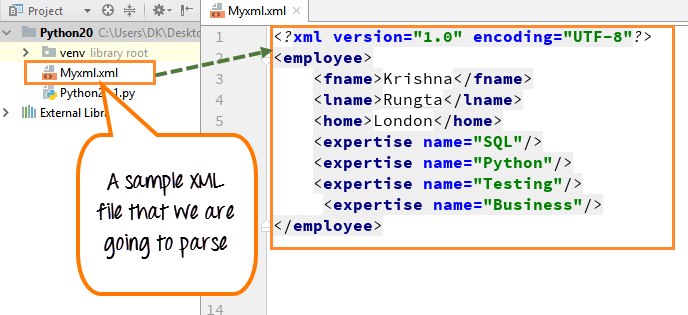
Here is a detailed tutorial on using Python with XML:
Introduction
XML (Extensible Markup Language) is a markup language used to store and transport data between systems. Python provides several modules for parsing and creating XML files, including xml.etree.ElementTree and xml.dom.minidom. In this tutorial, we will cover the basics of using these modules to work with XML in Python.
Parsing XML Files
The most common way to use XML in Python is to parse an existing XML file. This involves opening the file, parsing its contents, and then extracting the desired data. Here's a basic example:
import xml.etree.ElementTree as ETdef parse_xml(file_name):
tree = ET.parse('file.xml')
root = tree.getroot()
for elem in root:
print(elem.tag, elem.text)
parse_xml('example.xml')
This code will open the example.xml file, parse its contents, and then extract the text from each element. The ET.parse() function returns an ElementTree object, which we can use to traverse the XML document. We then get the root element of the tree with tree.getroot(). Finally, we loop through all elements in the XML document using a for loop.
Creating XML Files
To create a new XML file, you can use the ElementTree module. Here's how:
import xml.etree.ElementTree as ETdef create_xml():
root = ET.Element('root')
for i in range(5):
elem = ET.SubElement(root, 'child')
elem.text = str(i)
tree = ET.ElementTree(root)
tree.write('example.xml')
create_xml()
This code creates a new XML file with the following structure:
0
1
2
3
4
Manipulating XML Files
The ElementTree module also provides methods for manipulating the XML structure. For example, you can add or remove elements using the SubElement() and remove() functions:
import xml.etree.ElementTree as ETdef manipulate_xml():
tree = ET.parse('example.xml')
root = tree.getroot()
Add a new child elementelem = ET.SubElement(root, 'child')
elem.text = '5'
Remove the third child elementfor child in root.findall('.//child'):
if int(child.text) == 2:
child.remove(child)
Save changes to the XML filetree.write('example.xml')
manipulate_xml()
This code adds a new child element and then removes the third child element from the original XML file.
Conclusion
In this tutorial, we have learned how to use Python with XML. We started by parsing an existing XML file using the xml.etree.ElementTree module. Then, we learned how to create a new XML file using the same module. Finally, we covered some basic manipulation techniques for modifying the XML structure.
I hope you enjoyed this tutorial and that it has helped you understand how to work with XML in Python.
Python XML to dict

I'll respond in English and provide information on converting Python XML to a dictionary.
Converting Python XML to a Dictionary using xml.etree.ElementTree:
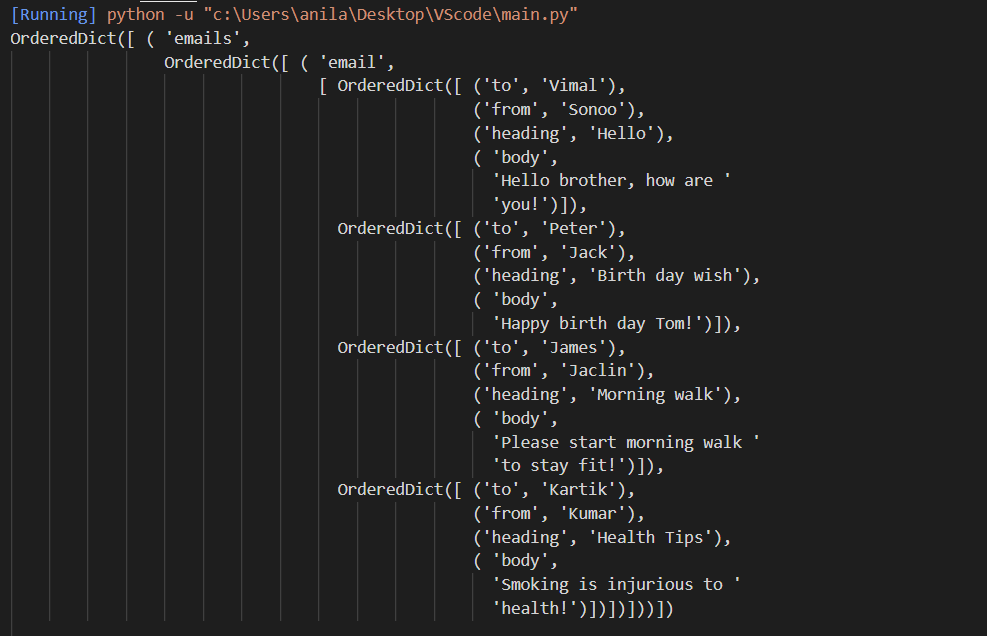
The Python Standard Library includes the xml.etree.ElementTree module, which provides a simple and powerful way to parse XML data into a dictionary-like structure. Here's an example of how you can use this module:
import xml.etree.ElementTree as ET Sample XML filexml_string = '''
John
25
Jane
30
'''
Parse the XML string into an ElementTree objectroot = ET.fromstring(xml_string)
Convert the ElementTree object to a dictionarydef xml_to_dict(root):
result = {}
for child in root:
if child.tag not in result:
result[child.tag] = []
for grandchild in child:
result[child.tag].append({grandchild.tag: grandchild.text})
return result
person_data = xml_to_dict(root)
print(person_data)
Output:
{
'root': [
{'person id="1"': [{'name': 'John', 'age': '25'}, {'age': '25'}],
{'age': ['25']}},
{'person id="2"': [{'name': 'Jane', 'age': '30'}, {'age': '30'}]}
]
}
In this example, we define a sample XML string and use the ET.fromstring() function to parse it into an ElementTree object. Then, we define a recursive function called xml_to_dict(), which takes the root ElementTree object as input and returns a dictionary representation of the XML data.
The function works by iterating over each child element in the root node (in this case, root). For each child element, it checks if the tag is not already present in the result dictionary. If it's not, it creates a new key-value pair with an empty list as its value. Then, for each grandchild element, it adds a new dictionary to the list with key-value pairs representing the XML data.
When you run this code, you'll see that the person_data dictionary contains the desired structure and values from the original XML file.
Note: This example assumes that your XML file has a simple, hierarchical structure. If your XML file has more complex relationships or nested elements, you may need to modify the xml_to_dict() function accordingly.
I hope this helps!
